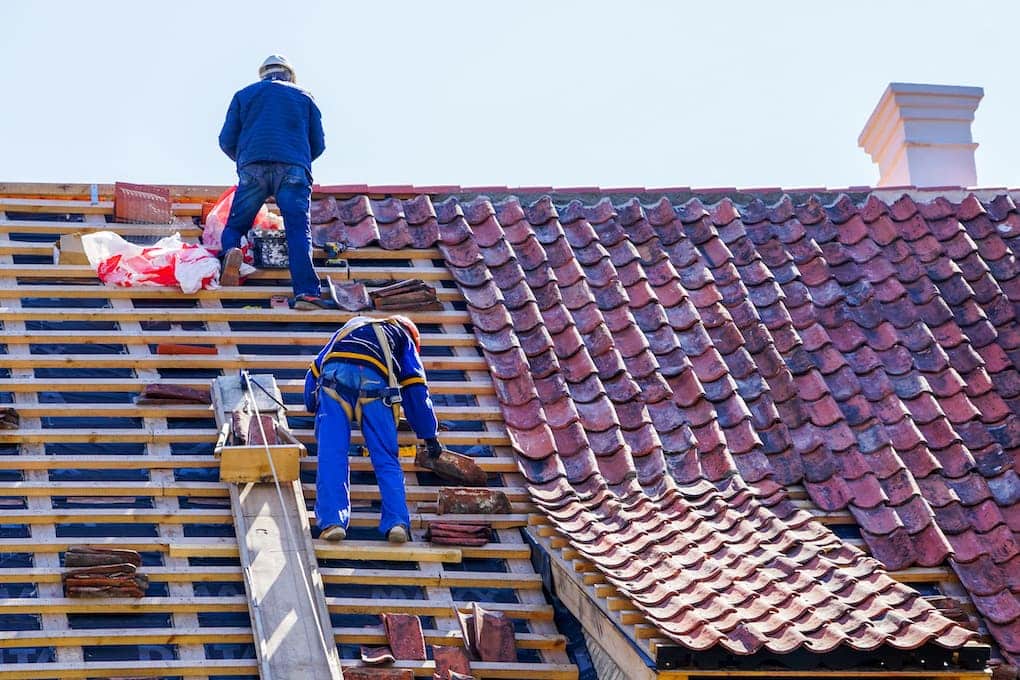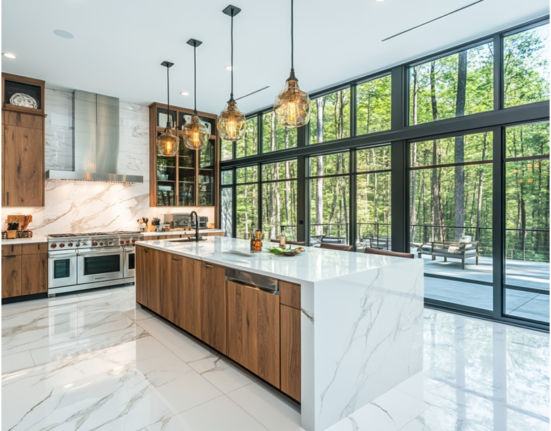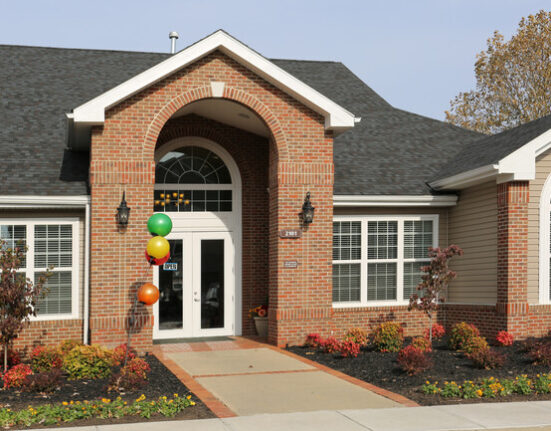When it comes to home improvement, roof replacement is one of the most significant investments homeowners will encounter. Whether you’re dealing with an aging roof, storm damage, or a design upgrade, understanding the roof replacement cost is essential for budgeting and planning. In this guide, we’ll break down the factors that influence roofing costs, how to estimate your expenses, and tips for saving money without compromising quality.
Why Roof Replacement is Important
Your roof is your home’s first line of defense against the elements, protecting your family and possessions. Over time, even the best-maintained roofs will require replacement due to wear and tear. Ignoring necessary roof repairs can lead to:
- Water damage and leaks
- Mold growth
- Decreased energy efficiency
- Lower property value
By understanding the roof replacement cost, you can proactively address roofing needs and avoid larger, costlier issues down the road.
Factors Affecting Roof Replacement Cost
The roof replacement cost varies widely depending on several key factors. Here’s what you need to consider when budgeting for your project:
1. Roof Size
The larger your roof, the more materials and labor will be required, increasing the overall cost. Roof size is measured in “squares,” where one square equals 100 square feet.
2. Roofing Material
The choice of roofing material significantly impacts the price. Common materials include:
- Asphalt Shingles: Affordable and widely used, costing $3 to $5 per square foot.
- Metal Roofing: Durable and energy-efficient, priced at $6 to $12 per square foot.
- Clay or Concrete Tiles: Long-lasting but heavy, with costs ranging from $10 to $20 per square foot.
- Slate Roofing: A premium option costing $15 to $30 per square foot.
3. Roof Pitch and Design
Steep or complex roof designs require more labor and specialized equipment, driving up costs. Flat roofs, on the other hand, are generally less expensive to replace.
4. Geographic Location
Your location affects labor costs, material availability, and even permit fees. Urban areas and regions with high demand for roofing services often have higher costs.
5. Removal of Old Roofing
Before installing new roofing, the old roof must often be removed. This step adds labor costs, especially if multiple layers of old roofing need to be torn off.
6. Additional Features
Features like skylights, chimneys, and ventilation systems increase the complexity of a roofing project, resulting in higher costs.
How to Estimate Your Roof Replacement Cost
To get a ballpark figure for your roof replacement cost, you can use the following steps:
- Measure Your Roof Size: Calculate your roof’s square footage and divide by 100 to determine the number of squares.
- Select Your Material: Research the cost per square foot for your preferred roofing material.
- Add Labor Costs: Labor typically accounts for 40-60% of the total cost.
- Include Additional Expenses: Factor in permits, removal of old roofing, and any upgrades like insulation or underlayment.
Example Calculation: For a 2,000-square-foot roof using asphalt shingles:
- Materials: $3 per square foot x 20 squares = $6,000
- Labor: 50% of material cost = $3,000
- Additional Costs: $1,000 (permits, removal, etc.)
- Total Roof Replacement Cost: $10,000
Ways to Save on Roof Replacement Costs
While roof replacement is a significant investment, there are strategies to reduce expenses without compromising on quality:
1. Compare Quotes
Get estimates from at least three reputable contractors. This allows you to compare prices and find the best value for your budget.
2. Choose Materials Wisely
Opt for cost-effective materials like asphalt shingles if you’re on a tight budget. These are durable and come in various styles to suit your home.
3. Time Your Replacement
Roofing contractors are busiest during spring and summer. Scheduling your project during the off-season can lead to discounts.
4. Check for Warranties
Some manufacturers and contractors offer warranties that cover repairs, reducing long-term maintenance costs.
5. Bundle Repairs
If your roof needs minor repairs in addition to replacement, bundling these services can often save money.
Hiring the Right Roofing Contractor
Selecting a qualified roofing contractor is crucial for ensuring a successful project. Here are some tips for finding the right professional:
- Verify licensing and insurance.
- Check online reviews and ask for references.
- Request a detailed written estimate, including materials, labor, and additional costs.
- Inquire about warranties and guarantees.
A trustworthy contractor will be transparent about the roof replacement cost and provide a timeline for completion.
Signs It’s Time to Replace Your Roof
Not sure if you need a roof replacement? Look for these warning signs:
- Frequent leaks or water damage
- Missing or curled shingles
- Sagging roof sections
- Excessive granules in gutters
- Roof age exceeding 20-25 years (for asphalt shingles)
Ignoring these signs can lead to costly damage, making roof replacement a necessity.
The Long-Term Value of Roof Replacement
While the roof replacement cost may seem daunting, it’s an investment that pays off in the long run. A new roof enhances:
- Energy Efficiency: Modern materials reduce heating and cooling costs.
- Curb Appeal: A well-maintained roof boosts your home’s aesthetic value.
- Property Value: Buyers often prioritize homes with recently replaced roofs.
According to real estate experts, homeowners can recoup up to 60-70% of their roofing investment when selling their property.
Conclusion
Understanding the roof replacement cost is an essential step in maintaining and improving your home. By considering factors such as materials, labor, and additional features, you can create a realistic budget for your project. Remember to compare quotes, prioritize quality materials, and work with reputable contractors to ensure a durable and aesthetically pleasing roof.
Investing in a roof replacement not only protects your home but also enhances its overall value. Whether you’re planning a replacement now or in the future, proper research and preparation will help you make the best decisions for your budget and needs.














